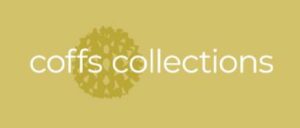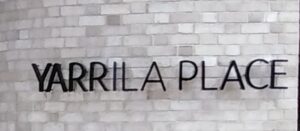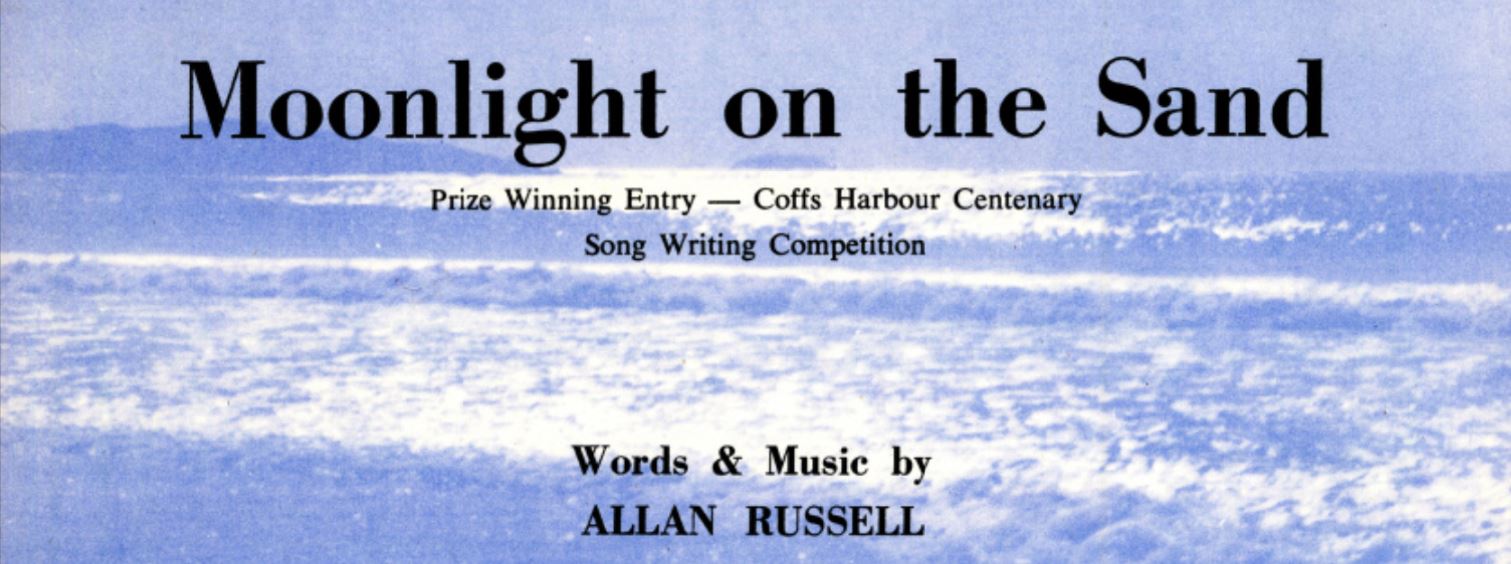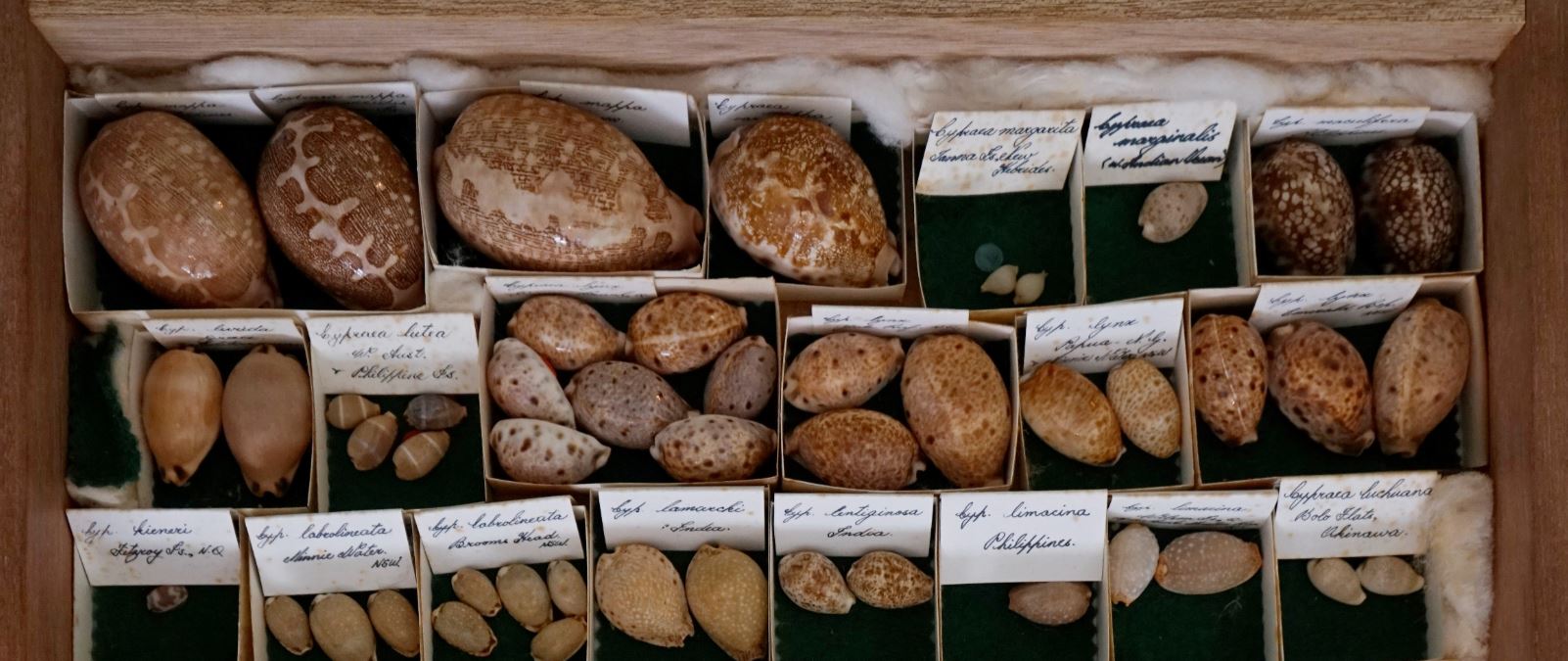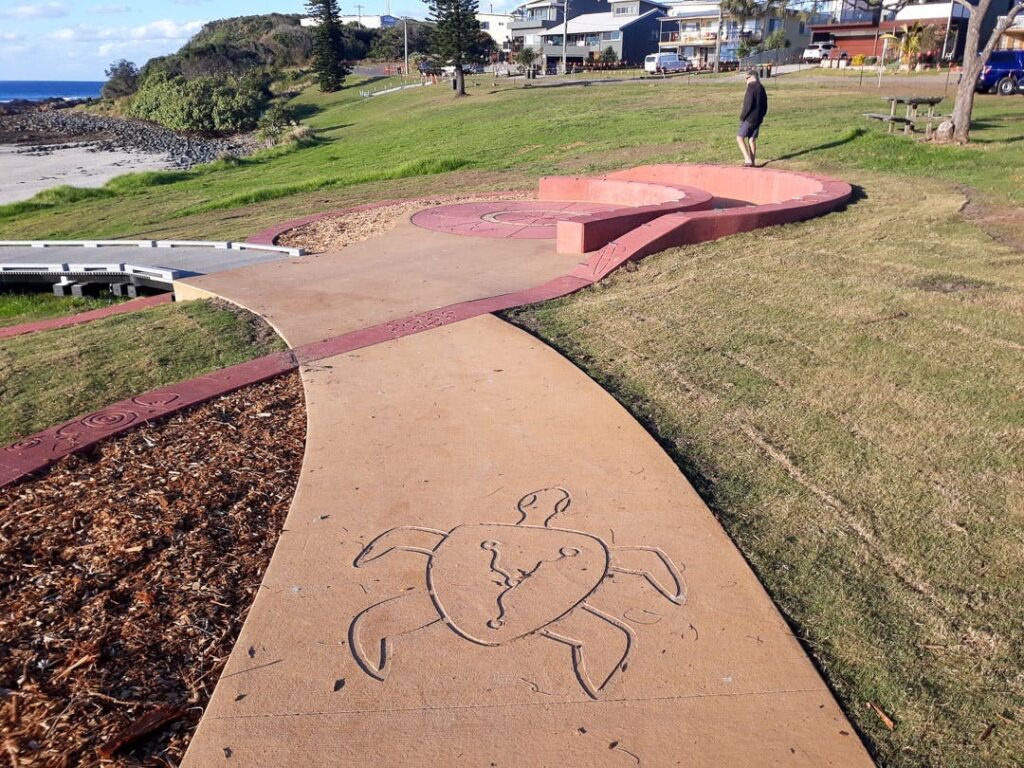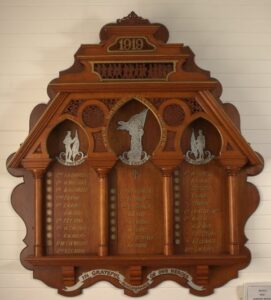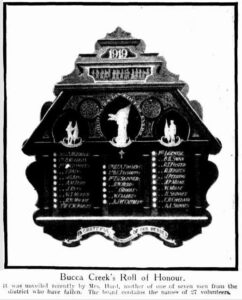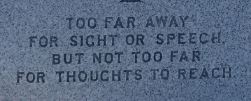This was the most frequently asked question received in our new community history space, on 16 September 2023 – the opening day of the expansive Yarrila Place building.
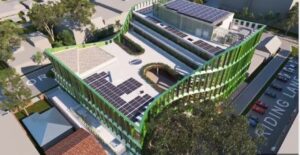
Local Studies is a bibliographic term, which is why you will find it in the Library on the second floor of Yarrila place. It encapsulates all forms of community history. Wikipedia defines it as:
Local history is the study of history in a geographically local context, often concentrating on a relatively small local community. It incorporates cultural and social aspects of history. Local history is not merely national history writ small but a study of past events in a given geographical area which is based on a wide variety of documentary evidence and placed in a comparative context that is both regional and national.[1] “ Records are typically stored at state libraries, public libraries, historical societies and public record offices.
In the City of Coffs Harbour, the records are made available to the public in the Local Studies Room of the Harry Bailey Memorial Library at Yarrila Place.
Here you can browse publications which describe the stories of our local history, or copies of the Coffs Coast Advocate in its original print form (between 1970 and 2017). If you need to view earlier dates, we have a full set of microfilm (from 1907 to 2019) to use on our new microform reader. You scan and save pages to a USB.
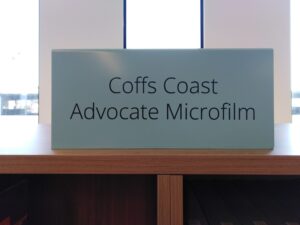
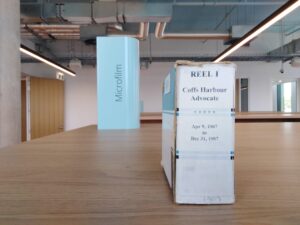
Or you can check some of the documents which represent the work of the City of Coffs Harbour over many decades – strategies, building projects, and Council reports.
Whether or not your family lived in the region, there are still a lot of genealogical resources to use – the international services Find My Past and Ancestry, and the Archives Resource Kit (ARK) on fiche or film containing government documents about colonial New South Wales.
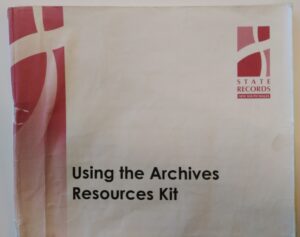
Is our community history all offline ?
Well no, you can ask questions about how to use Coffs Collections, our online service showing details of the region’s art collection and public art, museum artefacts, and community history archives.
We can also refer you to other resources that may help to provide the answers, including our Library catalogue which lists the local history publications you can borrow or read in the Local Studies room.
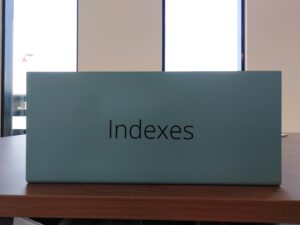
Anything else ?
In addition to Ancestry and FindMyPast, we can show you how to use Trove as well as other state and national repositories’ search engines. In Trove you will find The Beacon – annual magazine of Coffs Harbour High School, two local newspapers from the 1970s, and the Coffs Harbour Advocate from 1907 to 1954, as well as many other newspapers discussing our region’s history.
We also provide advice about digitisation.

